How to Price A Product [Free Calculator & Formulas]
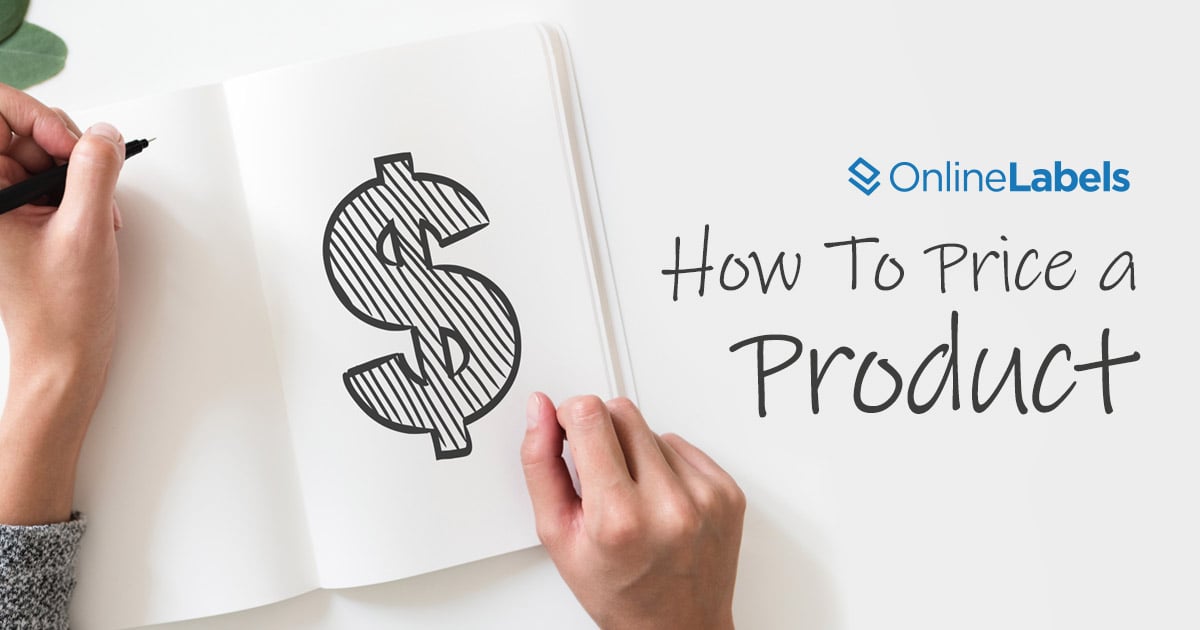
Pricing your products can feel like a loaded job. You need to take many factors into account – how much am I spending in supplies, how much is my time worth, and more. Your pricing structure will also ultimately set the tone for your small business. Are you a luxury brand or an affordable one?
You don't want to over or under price, so here are some tips on how to determine the price of your products.
Already know what costs you need to factor in? Check out our free Product Pricing Calculator.
Eager to start designing price tags for your products? Shop our selection of price tag labels.
Establish Your Bottom Line

Calculating exactly how much it costs you to make or supply the item puts you in a much better position to formulate your product pricing. This is often one of the most tedious tasks to do and requires having some numbers on hand. With your records next to you, you'll know the minimum possible price you can charge before taking a loss.
Cost of Materials
Look at how much you spent acquiring your supplies. How much did you spend on everything and how many products can that produce? This will give you your material cost per item.
Don't skimp on these numbers. Count the full cost you paid for your materials (including shipping, tax, etc.). Leaving these out could mean underestimating your costs of production.
Value of Labor
One of the biggest mistakes craftspeople and budding entrepreneurs make when figuring out product cost is not including their own labor costs. There are two ways you can do this.
The first is to set an hourly rate for your time. Choose a wage that you would like to be paid. If each product takes you multiple hours, multiply your hourly number by the quantity of hours it takes. If you can produce multiple products in one hour, divide your rate by the number of products you made.
Alternatively, you can think of your desired profit margin and use that to calculate your value of labor.
Shipping & Postage
Free shipping is a hot topic among the ecommerce community. If you're offering this benefit to your customers, you need to factor that cost in. If customers are paying for shipping, you don't need to worry about adding in this charge.
Marketplace Fees
If you're selling online or processing credit card payments, include those expenses in your product pricing equation. Marketplaces like Etsy charge to host your product, and services like Square can take a percent off the top, too.
Other Expenses
To ensure you're building a proper pricing structure, all of your smaller and less frequent expenses need to be accounted for just the same as those that are larger or more consistent. Consider the following cost categories:
Business Essentials
Don't forget to include the costs of building your brand and doing business. This can include business cards, wrapping paper, and mailing labels.
Tip: Keep an eye out for items you can buy in bulk. Product or shipping labels can be bought wholesale, as can mailers or boxes and bubble wrap. Take a good look at what you ship every package with – those items are typically the best to snag in larger quantities for better pricing.
Advertising Spend
Today, these costs are predominantly digital. They range from advertising on social media (Facebook, Instagram, Twitter, etc.) to running Google Ads, or purchasing space in a magazine. These can be fixed costs or variable based on the time of year, product, etc.
Set Your Markup

There isn't a "standard markup" all small businesses should use, this number varies by industry and type of good or service.
You've probably experienced this in practice – consider the markup on fashion items like watches and purses as opposed to those on household consumables like dish detergent.
We recommend starting between 30% and 50% but have included some helpful topics to help you determine this number. They should allow you to earn a nice profit without pricing your product out of the market, and still give you room to grow. As you build your brand reputation and make a name for yourself in your industry, you can move up to 80%, 100%, or even 300%.
Quality
High pricing can allude to better quality. Is your item made of better materials than the competitors'? If so, you might be able to charge a premium. However, if the quality doesn't match the price, you're looking at a handful of unhappy customers.
This leads into our next point – ensuring you price your products within a fair and reasonable range.
Market Price & Demand
Do a deep dive on sellers who offer similar items and see what they're charging. Are there many sellers in the market? How much are they selling? You can utilize online tools like Google Ads to determine demand. Some marketplaces, such as Etsy, are even transparent with how many sales shops have made.
Comparison shopping engines (CSEs) are another way to get a feel for product prices in your industry.
Once you have a feel for the market, consider your options. Do you want to charge less and sell more or charge more and sell less?
Consumer Research
Figure out what motivates your customers to buy. Is it price or convenience, quality or consistency? What would they be willing to pay for your product?
Conduct your own market research if you're at a loss. Put together a survey along with some product samples. Let 20 or more customers try your product and ask them to pick from a list of pre-determined prices. This can help you gauge customers' willingness to purchase as well as their perception of your product/brand.
Tip: Make sure to include a wide-enough range to get good results. Very few people will choose the highest cost when given the option.
Adjust for Seasonal Trends
Adapting your pricing strategies to seasonal trends can be a strategic move for your business. Here are some easy steps to consider:
1. Monitor Market Demand
Tools like Google Trends, industry reports, and customer service feedback can help you understand changes in demand for your products or services. Analyzing past sales data can help predict trends and set your pricing strategy accordingly.
2. Take Advantage of Seasonal Opportunities
Identifying peak seasons or holidays relevant to your business and planning unique campaigns can be a great opportunity. For example, the fall and winter seasons open up the possibilities for Thanksgiving and Christmas. Consider seasonal reward codes and promotions during this time.
3. Keep Pricing Flexible
Take a look at your competitors. How are they reacting to the market?
Use dynamic prices based on real-time factors like inventory levels, competitor pricing, or customer purchasing behaviors.
Add It Up

Option 1: Use Our Product Pricing Calculator
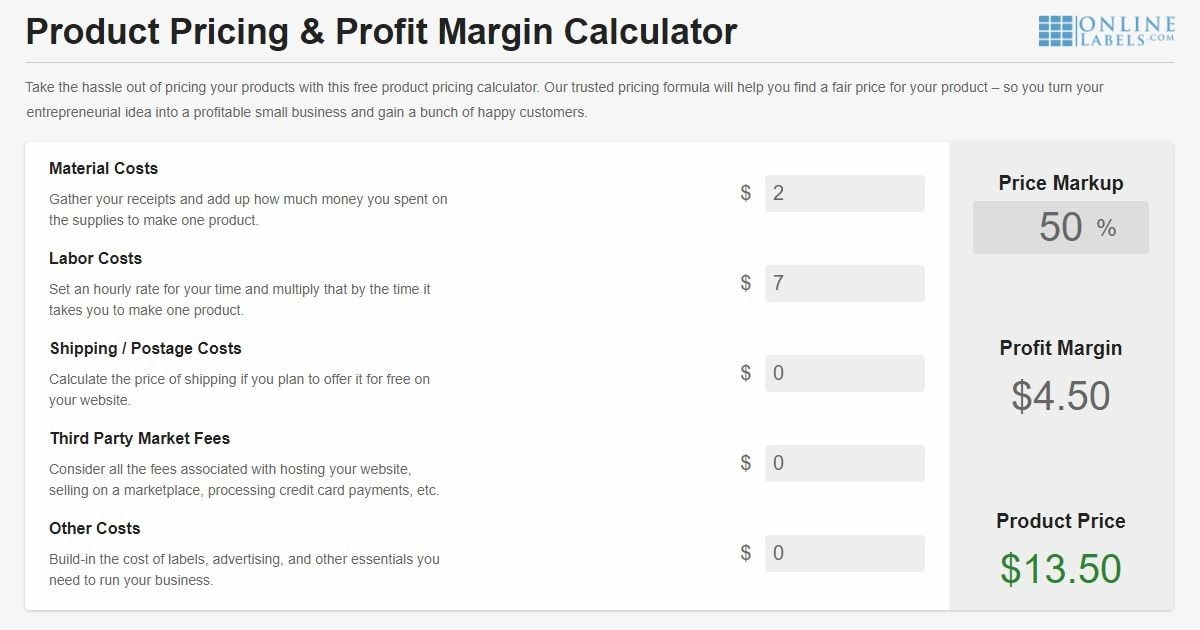
Launch the calculator and enter in the numbers you crunched above. All you have to do is fill in the blanks and choose a markup to get your answer!
Option 2: Try These Product Pricing Formulas
If you want to do the math yourself, add additional variables, or manipulate the weight of certain numbers, here are our three product pricing formulas that will guide your pricing structure.
Step 1: Find your base production cost
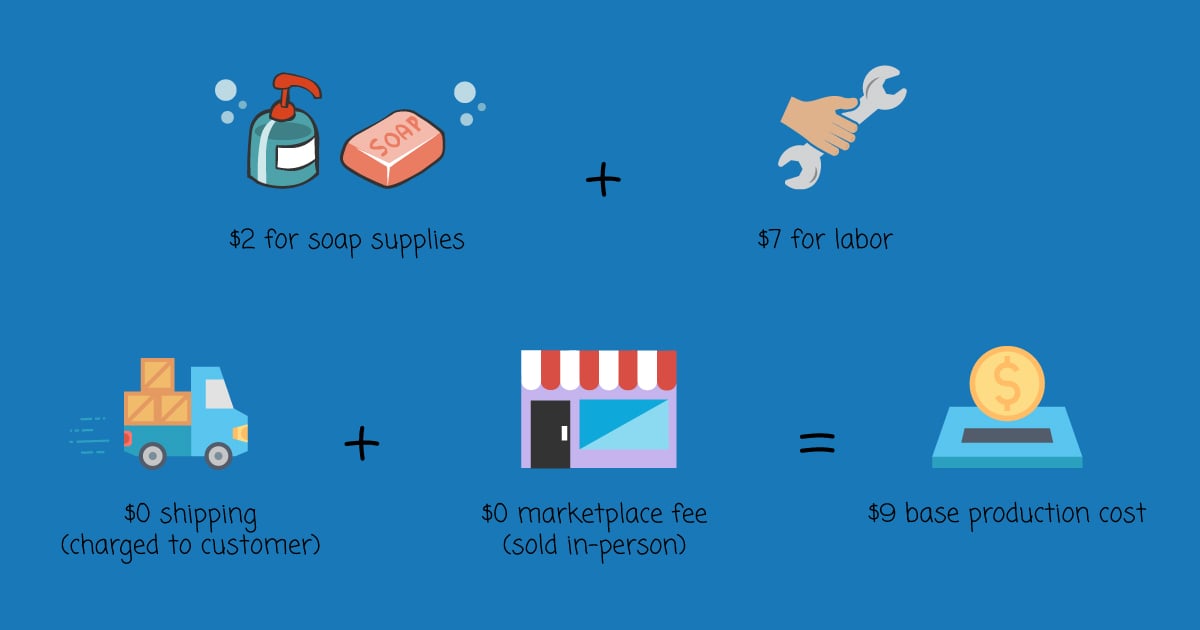
Material Costs + Labor Costs + Shipping/Postage + Marketplace Fees + Misc. Expenses = Base Production Cost
Example: $2 for soap supplies + $7 for labor + $0 shipping (charged to customer) + $0 marketplace fee (sold in-person) = $9 base production cost
Step 2: Determine your profit margin
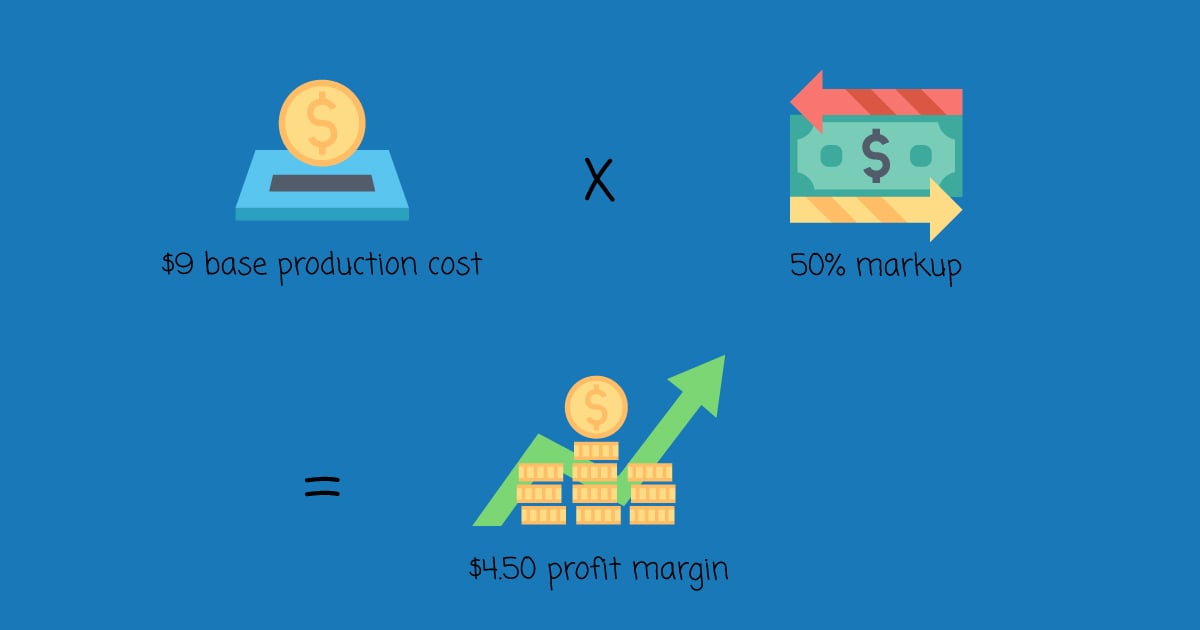
Base Production Cost x Markup = Profit Margin
Example: $9 base production cost x 50% markup = $4.50 profit margin
Step 3: Establish your product price
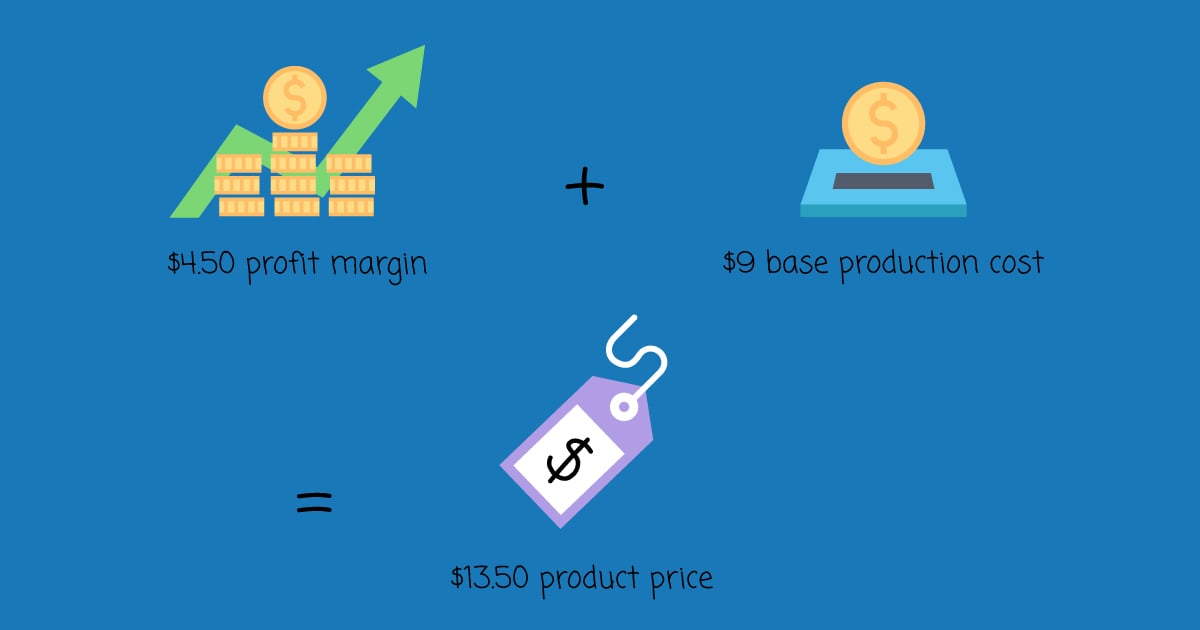
Profit Margin + Base Production Cost = Product Price
Example: $4.50 profit margin + $9 base production cost = $13.50 product price
We hope the key components in this product pricing guide help you move forward with your business idea. With an arsenal of information, set your pricing and launch your products with pride. Now, go out and make some sales!
Remember that you can always adjust your prices if they aren't working. Don't throw out any of your research or formulas, just update them as you learn.
Ready to create price tag labels that fit your brand? Shop price tag labels and get started.
Not sure which material you should use for your price tag labels? Nothing is more annoying than a label that leaves behind a sticky outline or won't even come off without tearing, which is why you should consider our removable material. You can even have us print them for you on our removable material on rolls.
Frequently Asked Questions
1. What costs should I include when calculating the minimum price for my product?
You should include material costs, shipping or postage, marketplace fees, and other essential business expenses.
2. How do I decide on my markup or profit margin?
Start by determining your base cost for all expenses, then select a markup (for example, 30-50%) depending on your brand positioning, quality, and the market. Higher-quality or niche products may allow a higher markup.
3. Why is it important to research what competitors are charging?
Understanding comparable products in your market helps you estimate what customers are willing to pay and ensures your pricing doesn’t place you out of the market or signal the wrong brand perception.
4. How should I account for seasonal trends in my pricing strategy?
You should monitor demand, be aware of peak seasons (such as holidays and special events), and adjust your pricing flexibly in response to inventory, competition, and customer willingness to pay during these periods.


